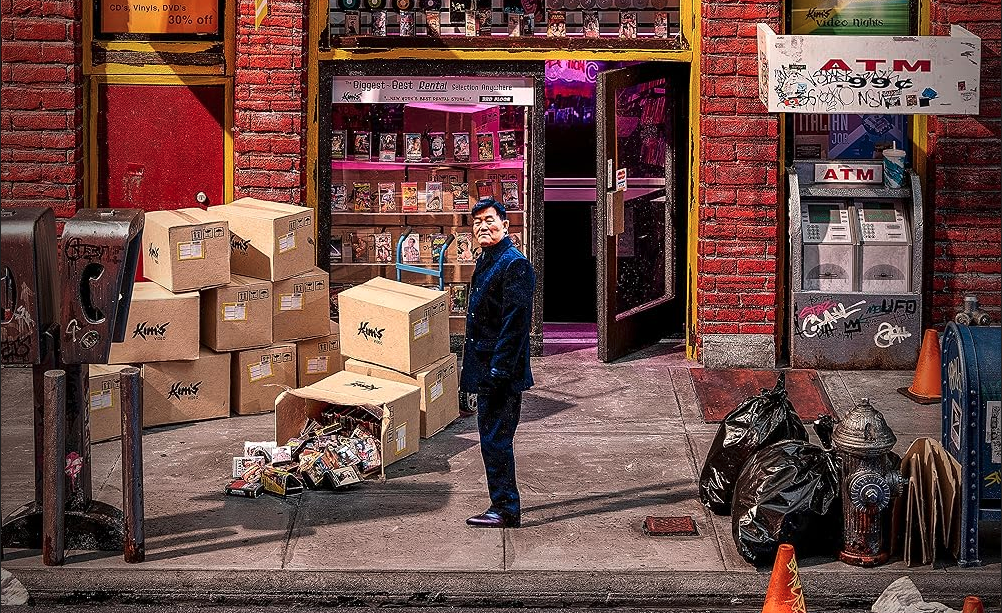
David Redmon is the exact kind of cinephile who would make a movie like Kim’s Video, perhaps the most stranger-than-fiction documentary about film in recent memory. He not only loves movies, but takes every opportunity to apply them to his own life. Maybe a bit too much. Okay, definitely too much, but that’s beside the point. A lovingly scrappy ode to what cinema means to people, it tells the tale of perhaps the most famous video store in New York City, a story whose beginning and end are readily available but whose middle part will likely shock you (and also raise the eyebrows of more than a few documentary ethics people, but again, that’s besides the point). I understand why most people would ask why they should watch a feature-length documentary on the closure of a video store, especially with this opening. I didn’t need a reason, but I got one anyway, because beneath the niche subject matter, DIY aesthetic and overuse of film references lies a tragic fable of what happens when the value of film as art is diminished.

For a generation of cinephiles in NYC’s East Village, Kim’s Video was the place to be. Started by 21-year-old Korean Immigrant Yong-man Kim, it carried the kinds of movies you couldn’t find at Blockbuster. This is partially because they weren’t mainstream, but occasionally because those stores played by the rules. Kim’s was no ordinary video store. It was a radical place that stocked bootlegs of unavailable cult and art movies and put film education over profit. The stories were legendary. FBI raids. A cease-and-desist from Jean-Luc Godard. Outstanding late fees from the Coen Brothers.
Kim’s later became a chain, but as times changed, the stores closed, and eventually the original store, with its 55,000 film library, was no more. As for the rare movies contained within, Kim issued a challenge to take up the collection, a challenge eventually won by the small Italian village of Salemi. In the end, all of Kim’s collection was sent there, with the promise that it would be digitized and former Kim’s members could access the collection for free. One of these members was David Redmon, who travels to Salemi years later. English speakers are in short supply, the location is closed and, to his horror, the collection poorly maintained. As the story of what happened to Kim’s Video begins to unravel, David looks for a way to save the collection with the help of the movies that inspired him.

While many may come for the subject matter of the film and the insane story contained within (which I will not spoil here), I will admit this movie will be a hard sell to many. Even by my standards, the amount of film references became a bit much, and the ending of the film, while cathartic, will also raise a lot of ethical questions. However, I find the real story here is more important and relevant than ever. In an era where Hollywood can make their libraries disappear in an age of streaming, making illegal distribution the only option for access in some cases, and physical media seems to be making a comeback, Kim’s Video presents itself as a devastating story of the effects of cinema being seen more as a commodity than art. When I saw this at Sundance, it felt incredibly urgent.

Those nostalgic for an age of finding hidden gems of weirdo movies at their local video store, or interested in a bygone slice of NYC counterculture will find a lot to love about Kim’s Video. It’s a genre-defying work of documentary that I felt made up for its flaws with insane subject matter and a punk-rock sense of playfulness. I strongly recommend this to any remotely offbeat film buffs.




Leave A Reply